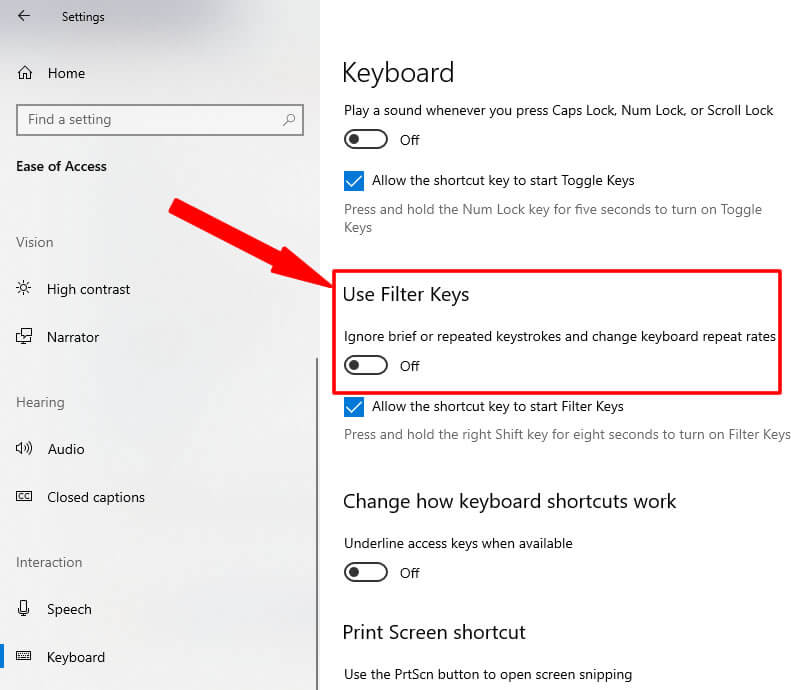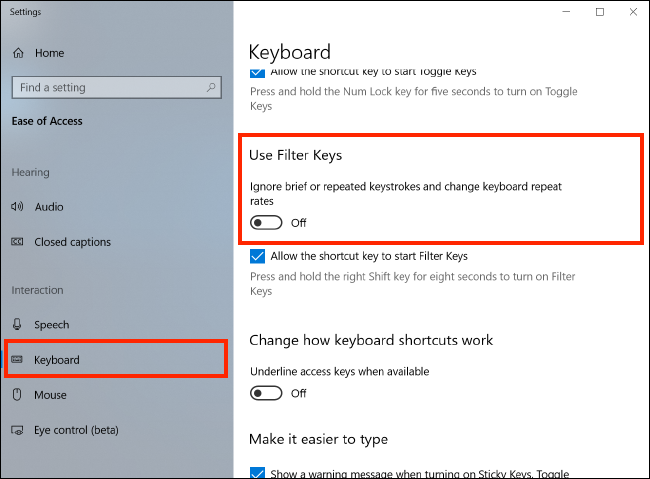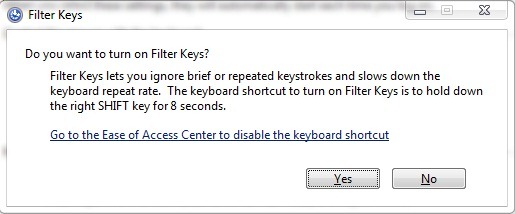


Parameters may be specified using **kwargs, or optionally a singleĭictionary as the first positional argument. params ( * args, ** kwargs ) ¶Īdd values for bind parameters which may have been outerjoin ( target, * props, ** kwargs ) ¶Ĭreate a left outer join against this Query object’s criterionĪnd apply generatively, returning the newly resulting Query. Ordering or Grouping by a Label - in the SQLAlchemy 1.4 / 2.0 Tutorial method. ORDER BY - in the SQLAlchemy 1.4 / 2.0 Tutorial These sections describe ORDER BY in terms of 2.0 style Rows are returned for a query that returns only scalar valuesĪs opposed to full identity-mapped entities.Ĭalling one() results in an execution of the underlying query.

If multiple object identities are returned, or if multiple Return exactly one result or raise an exception. offset ( offset ) ¶Īpply an OFFSET to the query and return the newly resulting rge_result() is used to efficiently restore stateįrom a cache back into a target Session. The source code for the example Dogpile Caching, where The ‘load’ argument is the same as that of rge().įor an example of how rge_result() is used, see The structure of the results is determined based on the column list of Less method overhead than that of calling rge() Preserving the structure of the result rows and unmapped columns with Is an optimized method which will merge all mapped instances, Instances merged into the session using rge(). (Background on SQLAlchemy 2.0 at: Migrating to SQLAlchemy 2.0)Īs this one, return an identical iterator of results, with all mapped The method is superseded by the merge_frozen_result() function. If the primary key of a row is the value “5”,ĭeprecated since version 1.4: The rge_result() method is considered legacy as of the 1.x series of SQLAlchemy and becomes a legacy construct in 2.0. multiple column) primary key,įor a single-column primary key, the scalar calling form is typically However, and will be used if the object is notĪ scalar, tuple, or dictionary representing the Options via Query.options() may be applied Individual column constructs, and strictly Mapped instance, not multiple instances or Query.get() is only used to return a single

Is emitted to refresh the object as well as to The object is present in the identity map and Unless the object has been marked fully expired.Ī SELECT is performed in order to locate the object. In the local identity map, the object is returnedĭirectly from this collection and no SQL is emitted, If the given primary key identifier is present Query.get() is special in that it provides directĪccess to the identity map of the owning Session. User_alias = aliased ( User, name = 'user2' ) q = sess.


 0 kommentar(er)
0 kommentar(er)
